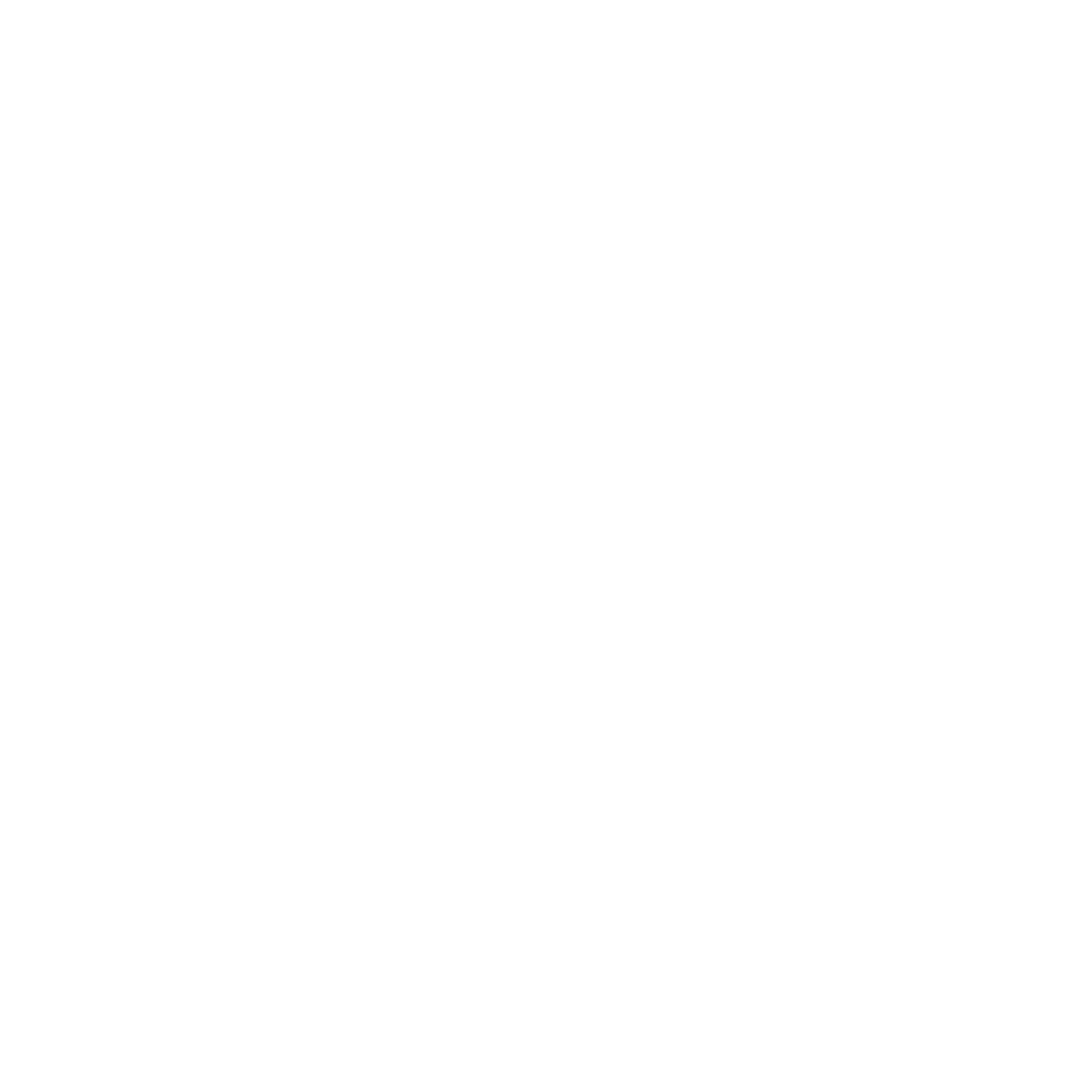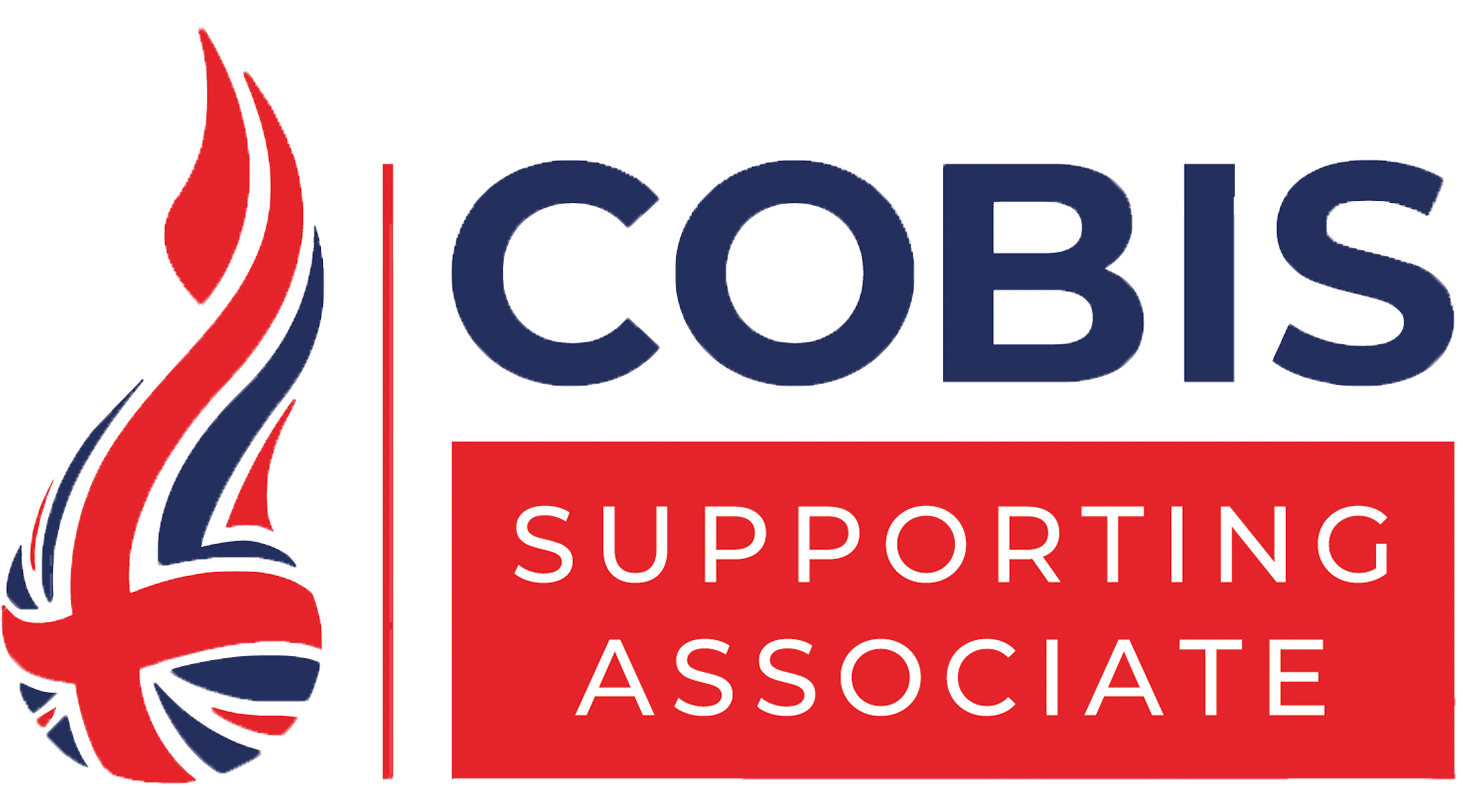Within the Model for Great Teaching, Element 4.4 Interacting underscores the importance of effective feedback—both feedback to teachers (to inform their decisions) and feedback to students (that helps them learn) (Coe et al., 2020). In fact, we’ve written extensively about feedback in the past. (Be sure to check out our eBook on effective feedback and blogs about the conditions and purposes of feedback!) Given this, what are some non-examples of effective feedback? That is, what are instances of feedback that we might regularly see that are actually ineffective—or even counter-effective?
Hattie and Timperley (2007) defined four “levels” of feedback that teachers employ:
- Feedback about the task
- Feedback about the processing of the task
- Feedback about the learner’s self-regulation
- Feedback about the self
The first three are generally the most effective. They focus the learner’s attention on their work and—directly or indirectly—provide information about the response (e.g., is it right/wrong, how could it be done better, prompts or cues, future considerations, etc.).
However, the fourth type, feedback about the self, is generally both the least effective and most often employed by teachers (Hattie & Tiperley, 2007; Kluger & DeNisis, 1996; Shute, 2008). This is feedback that is directed to the learner themself, rather than their work, responses, or thinking; in a classroom it usually takes the form of praise. (Theoretically, it could also be a negative comment; but we’d certainly like to think 21st century teachers refrain from insulting their students!)
This praise probably looks familiar; it may be comments like:
- You’re so smart!
- Clever girl.
- You’re a natural at this.
While these seem like nice comments, they can be counter-effective to learning. They do not provide any specific information about why the work warrants such praise. These comments also undermine a “growth-mindset” (e.g., Dweck, 2000)—such feedback suggests that learners just are smart. It’s saying that if a student learned something, it’s not a result of “hard thinking,” but instead a student’s fixed “ability.”
However, we know this is not how learning works. Learning is the product of hard thinking; it is reliant on prior knowledge and building mental models. Through time and practice, we gain expertise in a concept.
So what can we, as teachers, do to avoid less effective feedback?
A simple and effective approach can be to avoid feedback at the level of the learner’s self. It’s perfectly possible to be encouraging while providing feedback that supports learning. Comments like “I can tell you checked your arithmetic!”, or “You’ve created a very strong thesis statement for your essay!” provide positive reinforcement, while also communicating information about the task, process, or self-regulation.
Second, we can acknowledge that there may be instances where we do want to praise our students. In such cases, we can make the focus of the feedback about aspects of our students that they feel they have control over. “You’re really good at asking questions when you don’t understand!”, or “You’re attentive to detail!” each —but crucially the student has agency over those traits highlighted in the feedback.
Finally, in instances when we determine praise is appropriate, we can also link it to additional more-effective feedback. Such feedback, which incorporates multiple levels of feedback, can be very effective (Shute, 2008). For example:
- “You’re a great student because you always check your work.” (Feedback about the self & feedback about the process)
- “I saw you looked up the word you didn’t know; this is something good readers do all the time!” (Feedback about the process & implied feedback about the self)
- “You have developed a good understanding of this topic—I can tell because you got all the hardest questions right!” (Feedback about the self & feedback about the task)
We know how powerful a tool effective feedback can be for student learning (Hattie & Timperley, 2007). While it can be tempting to provide praise to our students, we have tools to be more effective in this interaction—without sacrificing the encouragement and positivity that are the hallmark of many effective teachers.
This blog highlights material from the “Interacting” course of The Great Teaching Toolkit. You can sample lessons from our “Interacting” course here.
References
Coe, R., Rauch, C.J., Kime, S., & Singleton, D. (2020). Great teaching toolkit: Evidence Review.
Dweck, C. S. (2000). Self-theories: Their role in motivation, personality, and development. Psychology Press.
Hattie, J., & Timperley, H. (2007). The Power of feedback. Review of Educational Research, 77(1), 81–112. https://doi.org/10.3102/003465430298487
Kluger, A. N., & DeNisi, A. (1996). The effects of feedback interventions on performance: A historical review, a meta-analysis, and a preliminary feedback intervention theory. Psychological Bulletin, 119(2), 254.
Shute, V. J. (2008). Focus on Formative Feedback. Review of Educational Research, 78(1), 153–189. https://doi.org/10.3102/0034654307313795






As a result of the significant critique of his earlier work on Feedback, Hattie has co-authored – “The Power of Feedback Revisited” – Wisniewski, Zierer & Hattie (2020). One of the major problems was most of the studies were not about the types of feedback strategies used on school children. In fact, they had the same issues as Rob Coe mentioned in his review of Leadership studies – that there is no consistent operational definition. As a result, most of the 13 meta-analyses used in Hattie and Timperley have been removed as well as most of the 23 meta-analyses in Visible Learning. As a result of addressing many of the issues in his earlier work, Hattie now claims-
“…the significant heterogeneity in the data shows that feedback cannot be understood as a single consistent form of treatment.” (p. 1)